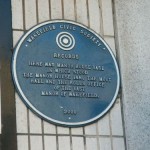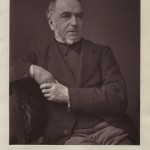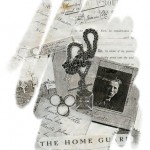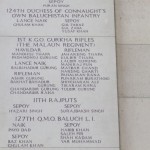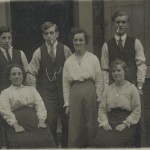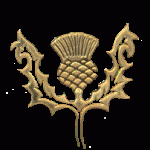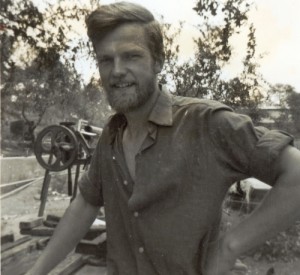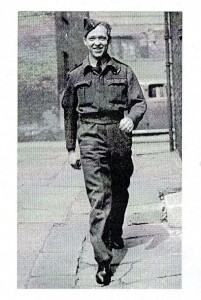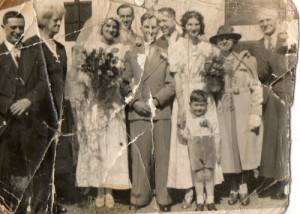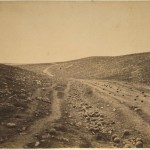How many of us walk from A to B in the shortest route and in the quickest time. Iin every day life, probably nearly all of us. We only tend to mooch, look around and take our time when we are on holiday or a day out.
Next time you are in your village, town or city look around and look up, you will be surprised what you will notice that went totally undiscovered before.
How many bars, restaurant and shops do we only know from street level – look up, you may learn what the building was orignally used for. Wakefield for example, has a street known as Westgate. In modern times most popular for its ‘Westgate Run’. Westgate, a long street, one of the main entries and exits of the town had a very large number of public houses, the ‘run’ was to have a drink in each of the pubs. The ‘run’ has now changed slightly as the pubs have now been superseded by bars.
If you looked up while walking down Westgate you would see that the majority of the buildings, grand buildings, were at one time banks. These banks were needed in previous centuries due to the amount of money that was changing hands in the area, either from the great cattle market held only a couple of minutes walk away or the number of merchants that were in the area who did their business in the old cloth hall.
Look around, you never know what you might find – images of Wakefield’s Blue Plaques can be found here
A list of the Blue Plaques with a short description of where the plaque can be found – click here
Lots of other towns have their Blue Plaques on the internet for example :-
English Heritage Blue Plaques – mainly London and the surrounding areas
Oxfordshire Blue Plaques
Tameside Blue Plaques
Canterbury Blue Plaques
Windsor Blue Plaques
Birmingham Blue Plaques
Why not look around the place where you live ?
